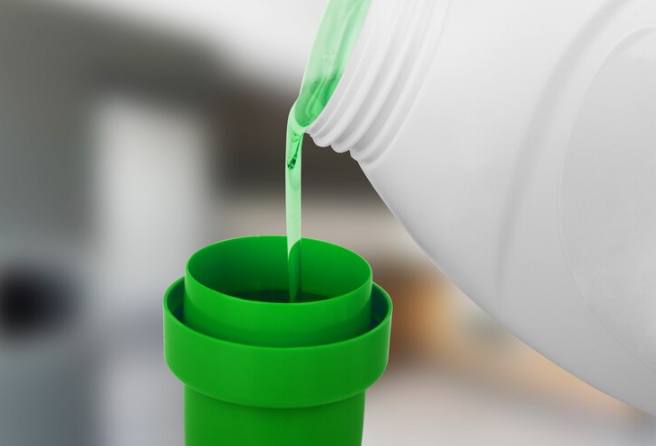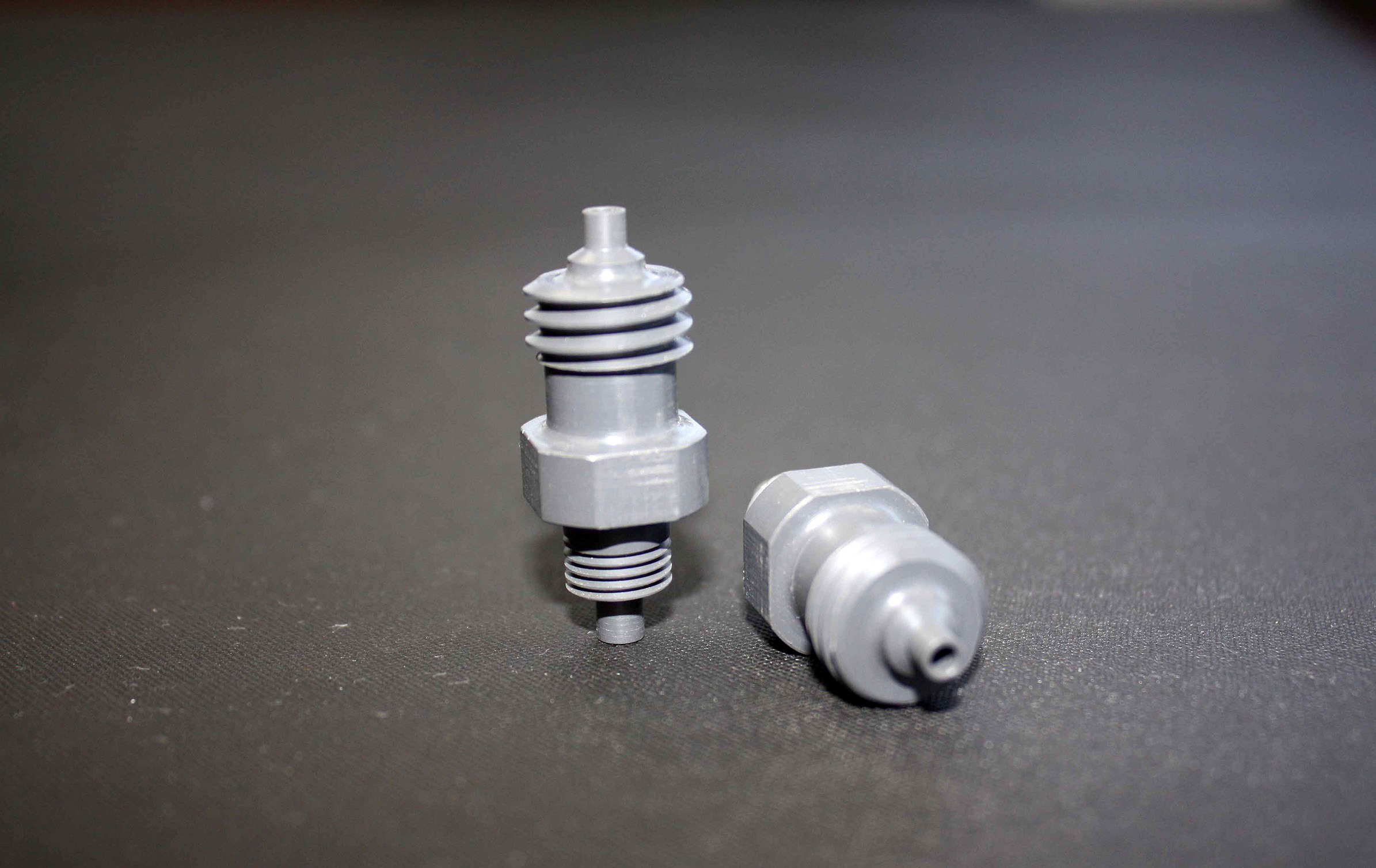Whether you’re tackling a DIY plumbing project or consulting a professional, understanding the differences between ABS and PVC pipes is crucial. Both are popular choices for various applications,
but their unique properties make them better suited for specific tasks. Let’s delve into the world of plastic pipes and guide you towards the optimal material for your needs.
Ever feel lost in the plumbing aisle, staring at walls of ABS and PVC pipes? Don’t worry, fellow DIY warrior! This throw down will help you choose the champion for your project.
Think toughness? ABS is your heavyweight, handling bumps and cold like a boss. Great for underground drainage or battling harsh chemicals.
Need flexibility? PVC bends like a pro, making it ideal for indoor plumbing twists and turns. Plus, it’s often lighter on your wallet.
Still confused? No worries! We’ll delve deeper into their strengths, weaknesses, and favorite battlegrounds to help you pick the perfect pipe for your plumbing victory. Stay tuned!
Diving into the Depths: Composition and Properties
ABS (Acrylonitrile Butadiene Styrene):
So, you’re in the plumbing aisle, staring down walls of pipes labeled “ABS” and “PVC.” Both promise to get the job done, but which one’s the right fit for your project? It’s like choosing between a superhero: ABS, the tough warrior withstanding freezing temperatures and brutal impacts, or PVC, the flexible acrobat bending around corners and saving your wallet. Let’s break it down! ABS shines underground, handling waste and surviving winter chills.
But it’s not a fan of sunlight. PVC, on the other hand, loves the indoors, bringing water to your taps and whisking away drains. It’s even got UV-resistant options for outdoor fun. Ultimately, the best pipe depends on your plumbing adventure. Need a fearless defender for the underground? ABS is your champ. But for indoor plumbing on a budget, PVC might be your flexible friend. Remember, there’s no one-size-fits-all hero in the pipe world, so choose wisely!
- Composition: A blend of three monomers, offering a balance of strength and flexibility.
- Key Properties:
- High impact resistance: Withstands bumps and shocks better than PVC.
- Low-temperature tolerance: Handles freezing temperatures effectively, making it ideal for underground applications.
- Fire resistance: Self-extinguishing, contributing to improved safety.
- Chemical resistance: Resists corrosion from many chemicals, enhancing durability.
PVC (Polyvinyl Chloride):
So, you’re in the plumbing aisle, staring down a sea of plastic pipes. Two names stand out: ABS and PVC. Both are popular choices, but which one’s the perfect partner for your project? Don’t worry, we’ll break it down in a way that makes sense.
Think of ABS as the tough friend. It can handle bumps and bruises better than PVC, making it ideal for underground jobs where freezing temperatures might lurk. Plus, it’s fire-resistant, adding a safety layer. But like any good friend, it has its quirks. It’s not a fan of sunlight, so keep it out of sight outdoors.
PVC, on the other hand, is the adaptable buddy. It’s more flexible, making it easier to bend and maneuver, especially for those DIY warriors. And let’s face it, it’s often the more budget-friendly option. But remember, while some grades resist UV rays for outdoor use, it’s not as cold-resistant as ABS. So, for those buried treasures, ABS might be a better fit.
Ultimately, the best pipe for you depends on your project’s needs and personality. Consider temperature, location, and budget to find your perfect match. Remember, the right pipe choice ensures a smooth flow and happy pipes for years to come!
- Composition: A versatile polymer known for its affordability and ease of use.
- Key Properties:
- Cost-effective: Generally cheaper than ABS, making it a budget-friendly choice.
- Lightweight: Easy to handle and install, even for DIY enthusiasts.
- Flexibility: More flexible than ABS, allowing for easier bends and maneuvering.
- UV resistance: Certain grades offer UV protection for outdoor applications.
- Flame retardant: Some PVC formulations are flame retardant, adding a safety layer.
Picking the Plastic Perfect for Your Pipes: ABS vs PVC

Imagine you’re at the home improvement store, staring down a wall of plastic pipes labeled “ABS” and “PVC.” Both promise plumbing prowess, but which one deserves a spot in your toolbox? Let’s break it down!
ABS boasts toughness: Think of it as the Rocky Balboa of pipes, taking punches from freezing temperatures and harsh chemicals with ease. It’s a champ for underground drainage and battling brutal winters.
PVC, on the other hand, is the bendy buddy: More flexible and generally cheaper, it navigates tight corners in your walls like a pro. But don’t expect it to handle the cold or chemicals quite as well as its burlier counterpart.
Ultimately, the winner depends on the job. Need a drainage warrior for the depths? ABS is your hero. Building an indoor plumbing masterpiece? PVC might be your perfect partner. So, choose wisely, and your pipes will thank you for years to come!
Battleground: Applications and Ideal Uses

ABS:
- · Drainage systems: Ideal for drain lines, waste pipes, and sewer lines due to its high impact resistance and low-temperature tolerance.
- Underground plumbing: Well-suited for buried pipes thanks to its ability to withstand freezing temperatures and soil pressure.
- Industrial applications: Used in various industrial settings due to its chemical resistance and durability.
PVC:
- · Indoor plumbing: Popular for cold water supply lines, drain lines within walls, and vent pipes due to its affordability and flexibility.
- Irrigation systems: Commonly used for sprinkler systems and above-ground watering applications due to its UV-resistant grades.
- Conduit: Used for electrical wiring protection due to its flame-retardant properties and ease of installation.
Choosing Your Champion: Factors to Consider
So, you’re in the ring, ready to throw down with a plumbing project, but which pipe material is your champion? The battle between ABS and PVC can get heated, but fear not, DIY warrior! Here’s the lowdown on what to consider before you choose your plastic pipe partner:
Application: What’s the pipe’s purpose? Battling sewage underground? ABS is your brawny hero, handling the cold and tough stuff. Need a water warrior for indoors? PVC’s your flexible friend, navigating tight corners with ease.
Location: Is your pipe seeing the sun or staying hidden? Sunlight weakens ABS, so keep it underground. PVC has UV-resistant grades, making it an outdoor champ for sprinklers.
Temperature: Hot and cold spells coming your way? ABS chills like a pro, handling freezing temperatures. PVC prefers milder settings, so don’t put it on ice!
Budget: Watching your pennies? PVC often throws the first punch with its lower price tag. But remember, durability matters too, and ABS might save you money in the long run.
Regulations: Don’t get disqualified! Check local building codes before choosing your pipe material. Some areas might have preferences for specific applications.
Remember, there’s no one-size-fits-all champ in the ABS vs. PVC ring. Weigh these factors, and you’ll find the perfect pipe to win your plumbing project!
When selecting the right pipe material, consider these key factors:
- Application: What is the pipe’s intended use (drainage, water supply, etc.)?
- Location: Will the pipe be installed indoors, outdoors, underground, or exposed to sunlight?
- Temperature: Will the pipe be subjected to extreme hot or cold temperatures?
- Budget: Are cost considerations a major factor in your decision?
- Regulations: Are there any local building codes or regulations that specify which material is permitted?
Beyond the Basics: Additional Considerations
Okay, we’ve covered the main event, but there’s still some backstage drama in the ABS vs. PVC fight. Let’s peek behind the curtain:
Joining Styles: Think connecting Legos vs. building a fort. ABS uses a quick-bonding solvent cement, like sticking Legos together. PVC, on the other hand, is more like building a fort – you gotta prime and glue, a two-step process.
Availability: Finding these pipe warriors shouldn’t be a quest. Both are widely available, but specific sizes or grades might be regional champions. So, before you embark on your plumbing adventure, scout your local hardware store to see who’s reigning supreme.
Eco-Impact: Let’s talk green! Both ABS and PVC have their environmental pros and cons. While their production and use might raise eyebrows, they’re both pretty durable, meaning they don’t need frequent replacements. Plus, they’re recyclable in some areas. Research your local options to see how you can be an eco-warrior while tackling your plumbing project.
There you have it, the extra details that might just sway your decision in the ABS vs. PVC battle royale. Remember, the right pipe for you depends on your project’s unique needs. Choose wisely, and your plumbing project will be a champion!
- Joining methods: ABS uses solvent cement for connections, while PVC requires priming and cementing.
- Availability: Both materials are widely available, but specific sizes or grades might have regional variations.
- Environmental impact: Consider the environmental footprint of each material, including its production, use, and potential disposal.
The Verdict: No Clear Winner, Just the Right Choice
Ultimately, the “best” pipe material depends on your specific needs and project requirements. Carefully evaluate the factors mentioned above and consult with a professional if needed to ensure you choose the most suitable option for your project.
By understanding the strengths and weaknesses of ABS and PVC, you can make an informed decision and ensure the success of your plumbing endeavor. Remember, the right pipe material can contribute to longevity, reliability, and safety in your project.

